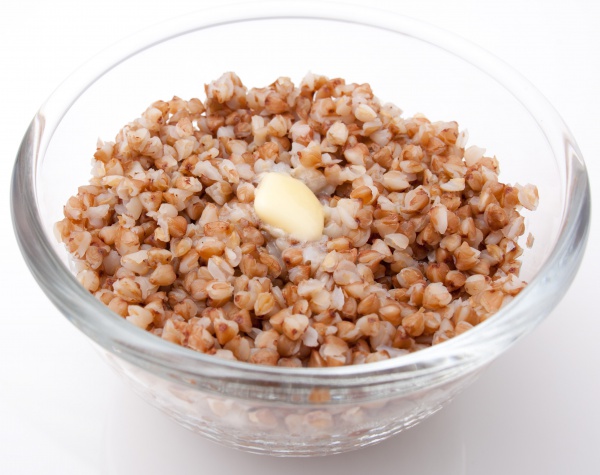Facts About Kasha
"Kasha" is a term that can refer to buckwheat or any type of cooked grain commonly found in East-Central and Eastern European countries. It's typically boiled in water or milk and can also be baked. While you might think of it as porridge, the term can also refer to the raw grain, known as groats, before it’s cooked. Kasha has been a staple in the Slavic diet for centuries and has ties to Jewish culinary traditions as well.
In Russia, kasha made from buckwheat is incredibly popular, with Russians consuming more buckwheat per person than anywhere else. They call it "grechikha" and one beloved recipe consists of crumbly cooked buckwheat seasoned with butter. In Poland, cooked buckwheat groats are referred to as "kasza gryczana" and "kasza" can also mean various other groats and porridges. In Czechia, "kaše" is a more general term that can even refer to mashed potatoes and pease pudding.
For Ashkenazi Jews, kasha is a cherished comfort food. It’s often served with onions and brown gravy over bow tie pasta, a dish known as kasha varnishkes. You’ll also find it in knishes and matzah-ball soup. Kasha is more than just a dish; it’s a versatile ingredient that holds cultural significance across various regions and cuisines.

 Romania
Romania